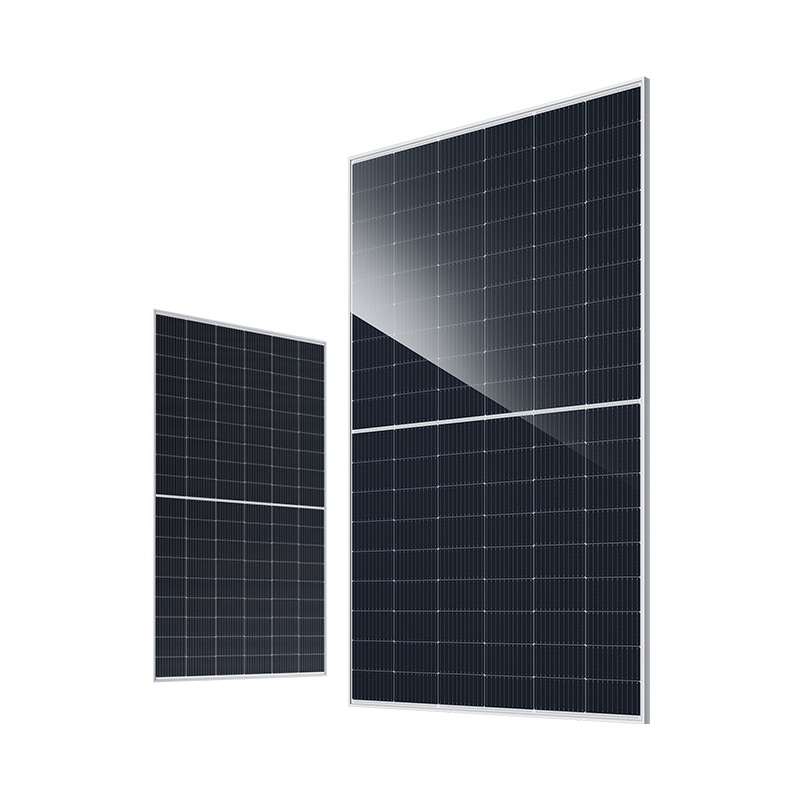
-
[email protected]

-
Building 1, No. 21 Shengfa Road, Lucheng District, Wenzhou, Zhejiang, China


The solar energy sector is constantly evolving, driven by technological advancements that enhance efficiency, durability, and aesthetics. Among the latest innovations are double glass photovoltaic (PV) modules, transparent PV modules, and monofacial solar panels. Each of these technologies offers unique benefits and addresses specific needs in the solar market.

Double glass PV modules represent a significant advancement in solar panel technology, offering improved durability and performance. Unlike traditional solar panels with a glass front and a polymer backsheet, double glass modules feature a glass layer on both the front and back sides. This design enhances the module's mechanical strength, making it more resistant to environmental factors such as hail, wind, and humidity.
One of the primary advantages of double glass PV modules is their extended lifespan. The dual glass construction provides better protection against UV degradation and moisture ingress, which are common causes of performance decline in traditional solar panels. This enhanced durability ensures that double glass modules maintain their efficiency over a longer period, often exceeding the standard 25-year warranty period.
Double glass PV modules also offer improved thermal performance. The glass layers have better thermal conductivity compared to polymer backsheets, which helps to dissipate heat more effectively. This results in lower operating temperatures, especially during hot weather conditions, pilot higher energy output and better overall efficiency.
Transparent PV modules are a groundbreaking innovation that combines solar energy generation with aesthetic appeal. These modules are designed to be visually transparent or semi-transparent, allowing light to pass through while still generating electricity. This unique feature makes them ideal for applications where traditional opaque solar panels would not be suitable.
One of the key applications of transparent PV modules is in building-integrated photovoltaics (BIPV). They can be incorporated into windows, facades, and skylights, allowing buildings to generate their own electricity without compromising architectural design. This seamless integration not only enhances the visual appeal of the building but also contributes to its energy efficiency.
Transparent PV modules are also versatile in terms of color and transparency levels. They can be customized to match the specific requirements of different applications, from fully transparent modules for windows to semi-transparent ones for architectural elements. This flexibility makes them suitable for a wide range of commercial and residential projects.
Monofacial solar panels are the most common type of solar panels used today. They are characterized by their single-sided power generation, with solar cells placed on one side of the panel to capture sunlight and convert it into electricity. Despite the emergence of newer technologies, monofacial panels remain a reliable and efficient choice for many applications.
One of the primary advantages of monofacial solar panels is their well-established technology and proven performance. They have been extensively tested and used in various environments, ensuring a high level of reliability and predictability. Monofacial panels are available in a wide range of efficiencies, making them suitable for different installation sizes and energy needs.
Monofacial panels are also cost-effective, especially for large-scale installations. Their production process is well-optimized, resulting in lower manufacturing costs compared to some newer technologies. This makes them an attractive option for residential, commercial, and utility-scale solar projects.
The diversity of solar panel technologies reflects the growing demand for innovative and versatile solutions in the renewable energy sector. Double glass PV modules offer enhanced durability and performance, making them suitable for long-term installations. Transparent PV modules provide aesthetic integration and versatility, ideal for building-integrated applications.
Your email address will not be published. Required field are marked*
